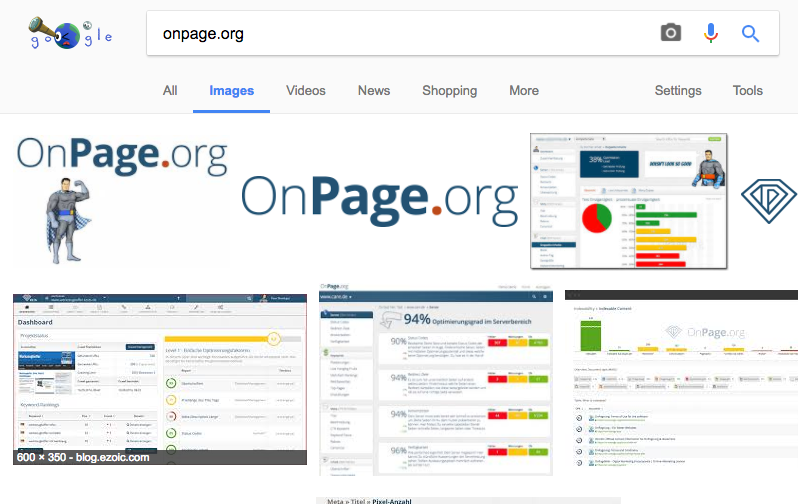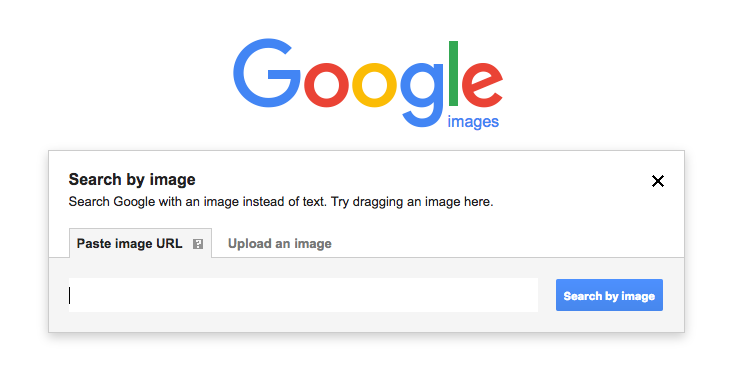Google Images
Search engine provider, Google, introduced its own Web search for images in 2001 with Google Images. Today, the Google image search is firmly integrated into the overall portfolio of the Google’s vertical search.
Results from Google Images are also used for the Knowledge Graph and with sufficient relevance for the enrichment of organic SERPs as well. Image SEO is aimed at achieving better rankings for images in the Image Search.
Stages of development
As early as 2001 when Google Images started up, a quarter of a billion images were already in the index of the search engine. Four years later, Google reached the one billion mark of indexed images. By 2010, it was about 10 billion. Comparatively, more than 1 billion images were clicked daily via Google.
The Google Images features were gradually expanded. In 2007, you could see the resolution and destination URL for an image when hovering your mouse over it. Due to bad user reception, Google discontinued this feature. In 2009, the Google Images search was newly updated. Now the index also shows similar images. In 2010, the mouseover function was re-introduced, but with an option to turn off the mouseover data display.
In 2011, Google finally introduced reverse image search. From then on, you could upload images or enter an image URL in the search bar to search for similar images.
In 2012, Google’s image search was given a new algorithm, which was aimed in particular at protecting minors from pornography. A filter function can additionally censor all searches on the image search.
Google Images in practice
You can search for images with Google by entering your keyword or search phrase in the search bar. This will give you a view with thumbnails of all images that match the search query. Once you click on a thumbnail, the image will appear in the original context of a website and additional information such as the image source and dimensions are displayed. By closing the box, the picture will be shown in its original size.
Reverse image search
With the introduction of a new search function, Google Image Search can now also be used by uploading your own image or specifying an image URL.
The reverse search has another practical benefit, since it can also be used to identify copyrighted and illegally copied image material on the Internet.
Benefits for SEO
Google Images search is a way for SEOs to increase visibility of a website in a sustainable and holistic way. On the one hand, images provide the opportunity to increase the uniqueness of a website and the relevance of specific keywords with regard to on-page optimization and secondly, a good ranking on Google Images for additional traffic. For online stores this will ultimately contribute to conversions.
Special rules apply to the optimization of images. Since crawlers mostly read text elements, special emphasis in images SEO is on the use of all relevant tags for images and on the clever integration into content elements.
For sites with many image sources, it is recommended to provide a common XML Sitemap and a special sitemap for images in the Google Search Console. In this way, the chance is increased that all image URLs are received. Similarly, images sitemaps can also be entered in the Bing Webmaster Tools. It often happens that bots cannot crawl all images on a website due to insufficient capacity.


